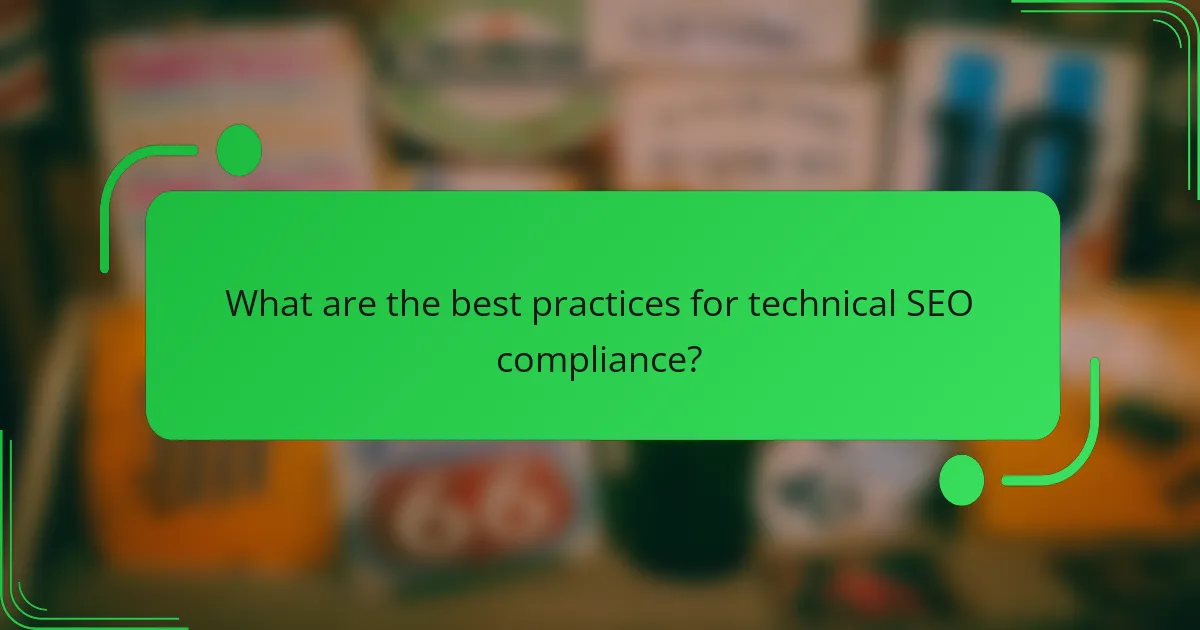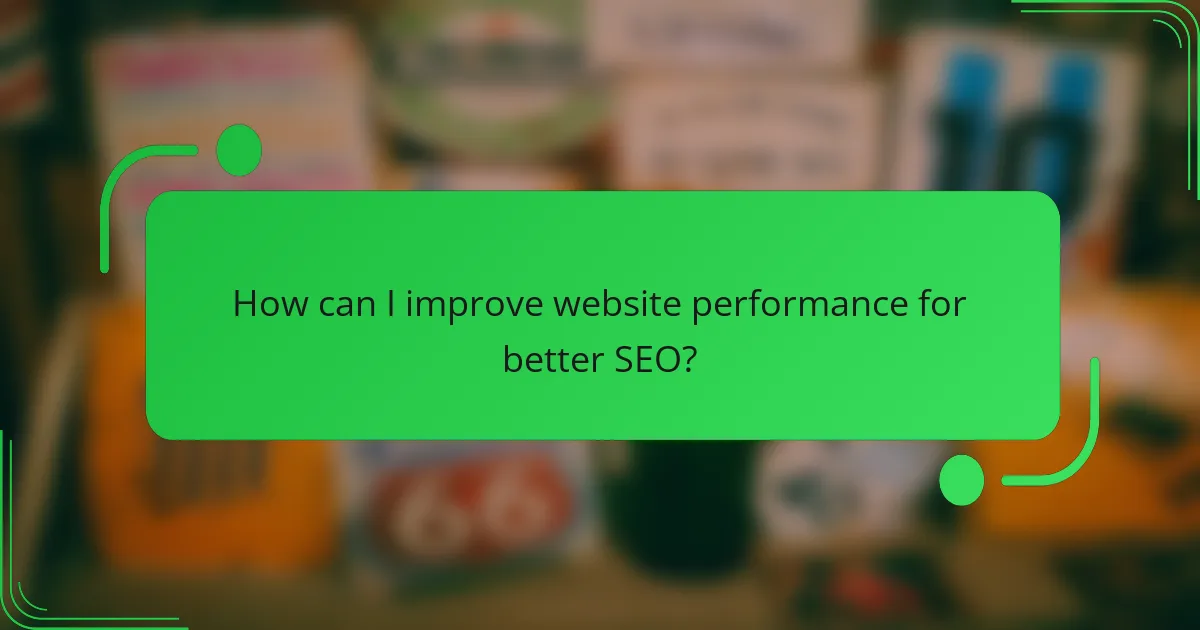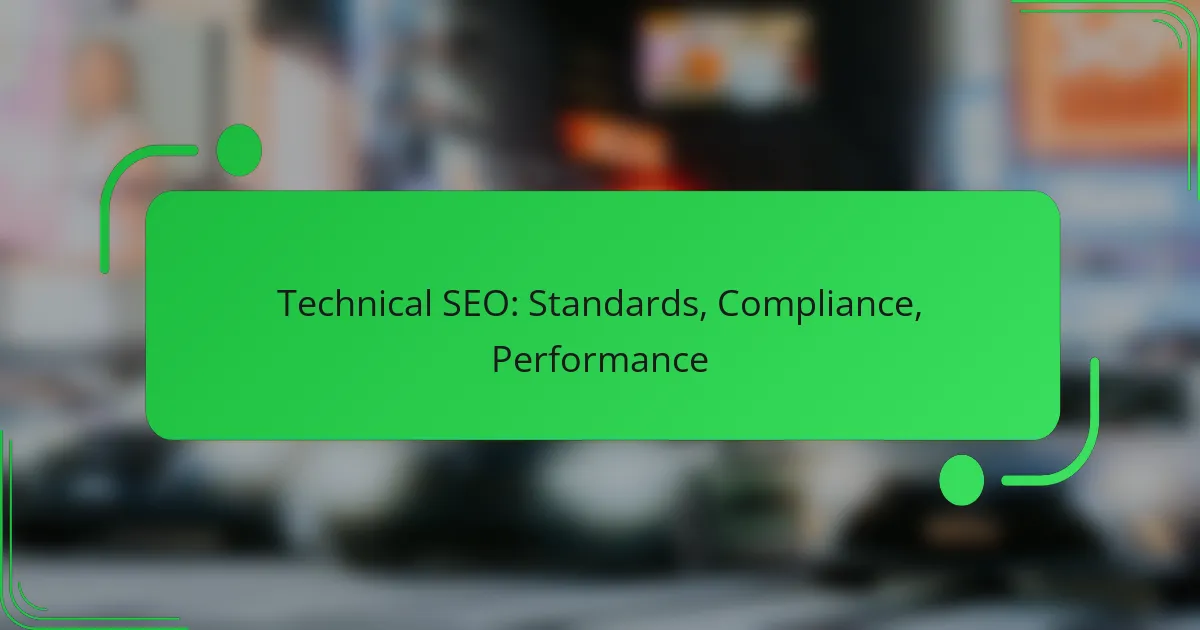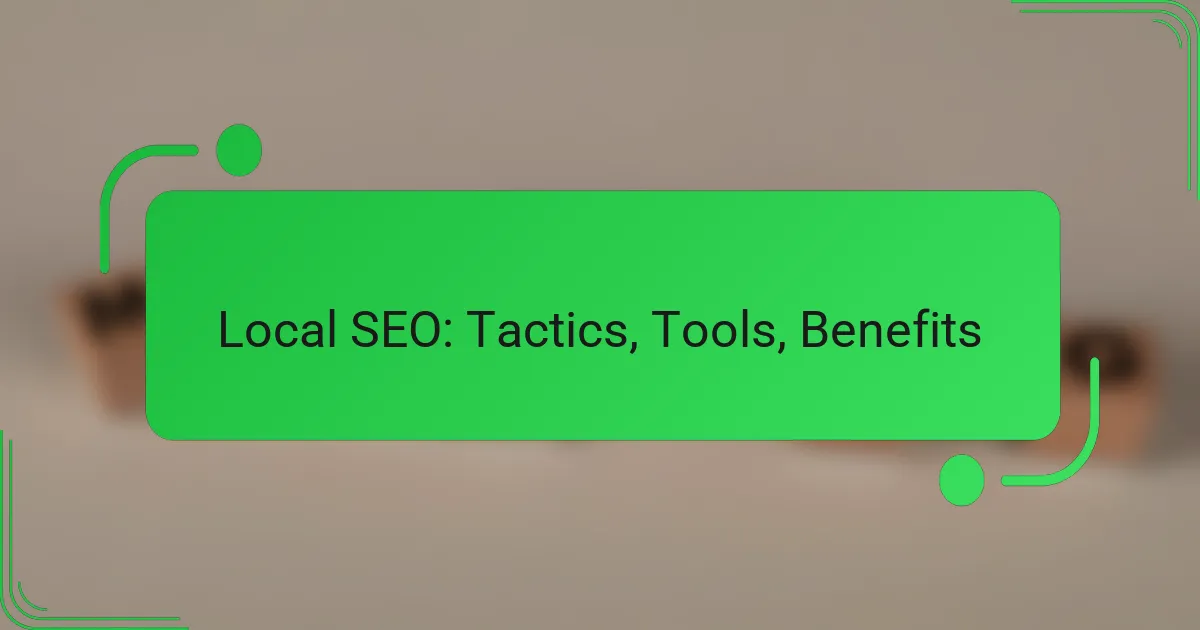Technical SEO is essential for ensuring that a website adheres to industry standards related to performance, accessibility, and security. By focusing on key areas such as mobile-friendliness, page speed, and structured data, website owners can significantly improve their search engine rankings and user experience. Utilizing various tools for analysis can further enhance compliance and optimization efforts, leading to a more visible and efficient online presence.

What are the best practices for technical SEO compliance?
Best practices for technical SEO compliance ensure that a website meets industry standards for performance, accessibility, and security. Key areas include mobile-friendliness, structured data, page speed, HTTPS security, and XML sitemaps.
Mobile-friendliness standards
Mobile-friendliness is crucial as a significant portion of web traffic comes from mobile devices. Websites should be responsive, meaning they automatically adjust to different screen sizes and orientations.
To comply with mobile-friendliness standards, use tools like Google’s Mobile-Friendly Test to evaluate your site. Aim for a mobile usability score of 90% or higher to ensure a good user experience.
Structured data implementation
Structured data helps search engines understand the content of your site better, improving visibility in search results. Implementing schema markup can enhance rich snippets, which can lead to higher click-through rates.
Use Google’s Structured Data Markup Helper to create and test your structured data. Focus on key types like articles, products, and local business information to maximize relevance.
Page speed optimization techniques
Page speed is a critical factor for user experience and SEO rankings. Aim for a load time of under three seconds on both desktop and mobile devices to reduce bounce rates.
Techniques to optimize page speed include compressing images, leveraging browser caching, and minimizing JavaScript and CSS files. Tools like Google PageSpeed Insights can help identify specific areas for improvement.
HTTPS security requirements
HTTPS is essential for securing data between users and your website, which is increasingly important for SEO. Google prioritizes HTTPS sites in search rankings, making it a compliance necessity.
To implement HTTPS, obtain an SSL certificate from a trusted provider. Regularly check for mixed content issues, where some resources are still served over HTTP, to maintain security compliance.
XML sitemap creation
An XML sitemap is a file that lists all important pages on your website, helping search engines crawl and index your content efficiently. It is a best practice to keep your sitemap updated as you add or remove pages.
To create an XML sitemap, use tools like Yoast SEO for WordPress or online generators. Submit your sitemap to Google Search Console to ensure your site is indexed properly and to monitor any crawling issues.

How can I improve website performance for better SEO?
Improving website performance is crucial for enhancing SEO, as faster sites rank better in search results. Key strategies include optimizing code, images, and leveraging caching and CDNs to reduce load times.
Minification of CSS and JavaScript
Minification involves removing unnecessary characters from CSS and JavaScript files, such as whitespace, comments, and formatting. This process reduces file sizes, leading to quicker load times and improved performance. Tools like UglifyJS for JavaScript and CSSNano for CSS can automate this task.
Consider combining multiple files into single files to further decrease HTTP requests, which can significantly enhance loading speed. However, ensure that you test the site after minification to avoid breaking functionality.
Image optimization strategies
Optimizing images is essential for reducing load times without sacrificing quality. Use formats like WebP for better compression, and ensure images are appropriately sized for their display dimensions. Tools like TinyPNG and ImageOptim can help compress images effectively.
Implementing responsive images with the srcset attribute allows browsers to select the best image size based on the user’s device, further enhancing performance. Aim for image file sizes under 100 KB whenever possible to maintain a balance between quality and speed.
Utilizing content delivery networks (CDNs)
CDNs distribute your website’s content across multiple servers worldwide, allowing users to access data from a server closer to them. This reduces latency and speeds up load times, which is beneficial for SEO. Popular CDN providers include Cloudflare and Akamai.
When choosing a CDN, consider factors like geographic coverage, pricing, and ease of integration with your existing infrastructure. A well-implemented CDN can improve load times by 50% or more, depending on user location.
Browser caching configurations
Browser caching allows frequently accessed resources to be stored locally on a user’s device, reducing load times on subsequent visits. Configure caching headers like Cache-Control and Expires to specify how long resources should be cached.
Set long expiration times for static resources, such as images and stylesheets, while keeping dynamic content with shorter cache durations. Regularly review and update caching policies to ensure optimal performance and compliance with changing content.

What tools can help with technical SEO analysis?
Several tools can assist with technical SEO analysis, offering insights into site performance, compliance, and optimization opportunities. Utilizing these tools effectively can enhance your website’s search engine visibility and overall user experience.
Google Search Console features
Google Search Console provides essential features for technical SEO, including performance tracking, indexing status, and mobile usability reports. It helps identify issues like crawl errors, security problems, and manual actions that could affect your site’s ranking.
Key features to explore include the Coverage report, which shows indexed pages and errors, and the Performance report, which reveals search queries driving traffic. Regularly monitoring these aspects can help maintain your site’s health and improve its visibility in search results.
Screaming Frog SEO Spider capabilities
Screaming Frog SEO Spider is a powerful desktop tool for crawling websites and analyzing technical SEO elements. It can identify broken links, duplicate content, and missing metadata, making it easier to optimize your site.
When using Screaming Frog, focus on its ability to generate XML sitemaps and analyze page titles and headings. This tool is especially useful for larger sites, as it can crawl thousands of pages quickly, providing a comprehensive overview of your site’s SEO status.
Ahrefs site audit tools
Ahrefs offers robust site audit tools that help identify technical SEO issues affecting your website’s performance. It evaluates various factors, including site speed, broken links, and on-page SEO elements, providing actionable insights for improvement.
Utilizing Ahrefs, you can generate detailed audit reports that highlight critical issues and prioritize fixes. This tool is beneficial for ongoing monitoring, allowing you to track improvements over time and ensure compliance with SEO best practices.
GTmetrix performance insights
GTmetrix provides performance insights that are crucial for technical SEO, focusing on page load speed and overall site performance. It analyzes various metrics, such as time to first byte, fully loaded time, and total page size, helping you understand how these factors impact user experience.
To enhance your site’s performance, use GTmetrix to identify specific areas for improvement, such as image optimization and script minification. Regularly testing your site can help maintain optimal performance, which is vital for both SEO and user satisfaction.

What are the common technical SEO issues to avoid?
Common technical SEO issues can significantly hinder a website’s performance and visibility in search engines. Addressing these problems is essential for maintaining compliance with best practices and ensuring optimal user experience.
Broken links and 404 errors
Broken links and 404 errors occur when a webpage is no longer available or the URL is incorrect. These issues can frustrate users and lead to a decrease in site credibility, negatively impacting search rankings.
To avoid broken links, regularly audit your website using tools like Google Search Console or third-party link checkers. Fix or redirect broken links promptly to maintain a seamless user experience.
Duplicate content problems
Duplicate content refers to identical or very similar content appearing on multiple URLs, which can confuse search engines and dilute page authority. This can result in lower rankings for all affected pages.
To prevent duplicate content issues, ensure each page has unique content and use canonical tags to indicate the preferred version of a page. Regularly check for duplicates using SEO tools to maintain content integrity.
Improper redirects
Improper redirects, such as using 302 instead of 301 redirects, can disrupt the flow of link equity and confuse search engines about the intended page. This can lead to poor indexing and lower search rankings.
Always use 301 redirects for permanent moves to ensure that link equity is passed to the new URL. Regularly review your redirects to ensure they are functioning correctly and leading users to the intended content.
Missing alt attributes for images
Missing alt attributes for images can hinder accessibility and SEO performance. Alt text helps search engines understand the content of images and improves user experience for those using screen readers.
To enhance SEO, always include descriptive alt attributes for every image on your site. Aim for concise, relevant descriptions that accurately reflect the image content, ideally incorporating target keywords where appropriate.



